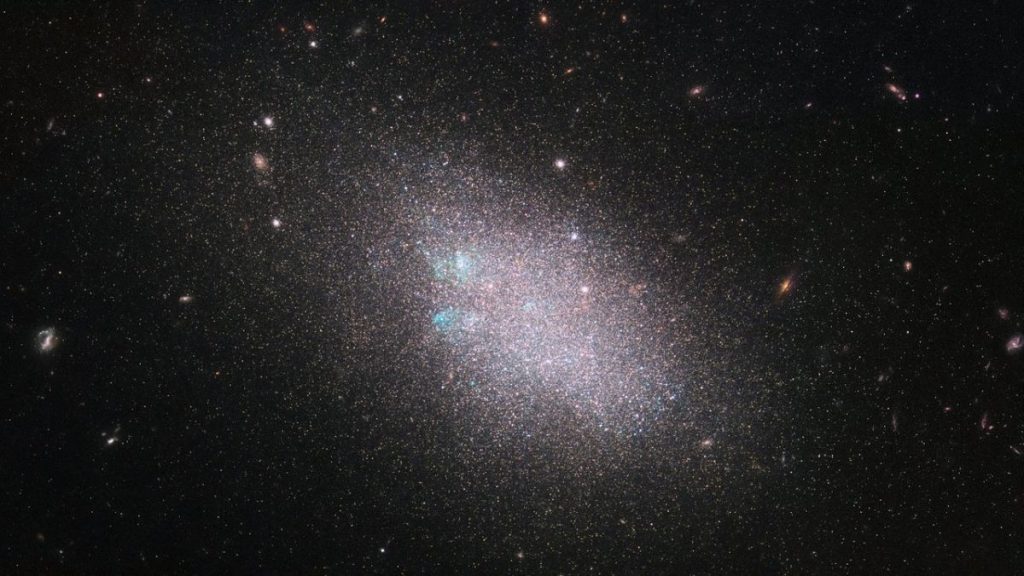Weeks after astronomers released a historic image of the Milky Way’s supermassive black hole, Sagittarius A*, a separate study showed how it is probing the evolution of black holes in dwarf galaxies.
A new analysis of dwarf galaxy surveys suggests black holes pop up far more commonly within these small galaxies than previously thought. The study team said this study could be a missing link in learning more about how more massive black holes evolve.
“This result really blew my mind, because these black holes were previously hiding in plain sight,” lead author Mugdha Polimera, a Ph.D. student at the University of North Carolina-Chapel Hill, said in a university statement (opens in new tab) Tuesday (May 24).
Related: Sagittarius A* in pictures: The 1st photo of the Milky Way’s monster black hole explained in images
The Milky Way’s massive Sagittarius A* (Sgr A*) black hole is thought to have come together from gradual mergers of smaller dwarf galaxies over time, just like the Magellanic Clouds that are currently within view of us and spiraling towards an eventual merger.
“Each dwarf that falls in may bring with it a central massive black hole, tens or hundreds of thousands of times the mass of our sun, potentially destined to be swallowed by the Milky Way’s central supermassive black hole,” the university added.
Finding the black holes was a key challenge of the study, given that we can only see them through the radiation that they produce. At times, the high energy we see from growing black holes can look very similar to newborn stars, making it difficult to tell which is which absent a detailed spectrum.
The solution scientists proposed was to use the all-sky Sloan Digital Sky Survey’s emission line catalog; “emission lines” refer to the bright lines visible in the spectra of stars. The astronomers focused on a phenomenon known as photoionization, which happens when an atom is electrically charged as radiant energy is absorbed.
The authors used two sets of astronomical surveys from the catalog that contain large groups of dwarf galaxies, rather than focusing on those galaxies that are the biggest and brightest.
By examining the hydrogen and helium that tends to be prevalent in dwarf galaxies, the astronomers compared various elemental combinations and confirmed the work with theoretical simulations. The authors say their tests closely matched predictions for which dwarf galaxies have black holes within them.
A study (opens in new tab) based on the research was published Tuesday in The Astrophysical Journal.
Follow Elizabeth Howell on Twitter @howellspace (opens in new tab). Follow us on Twitter @Spacedotcom (opens in new tab) and on Facebook (opens in new tab).

